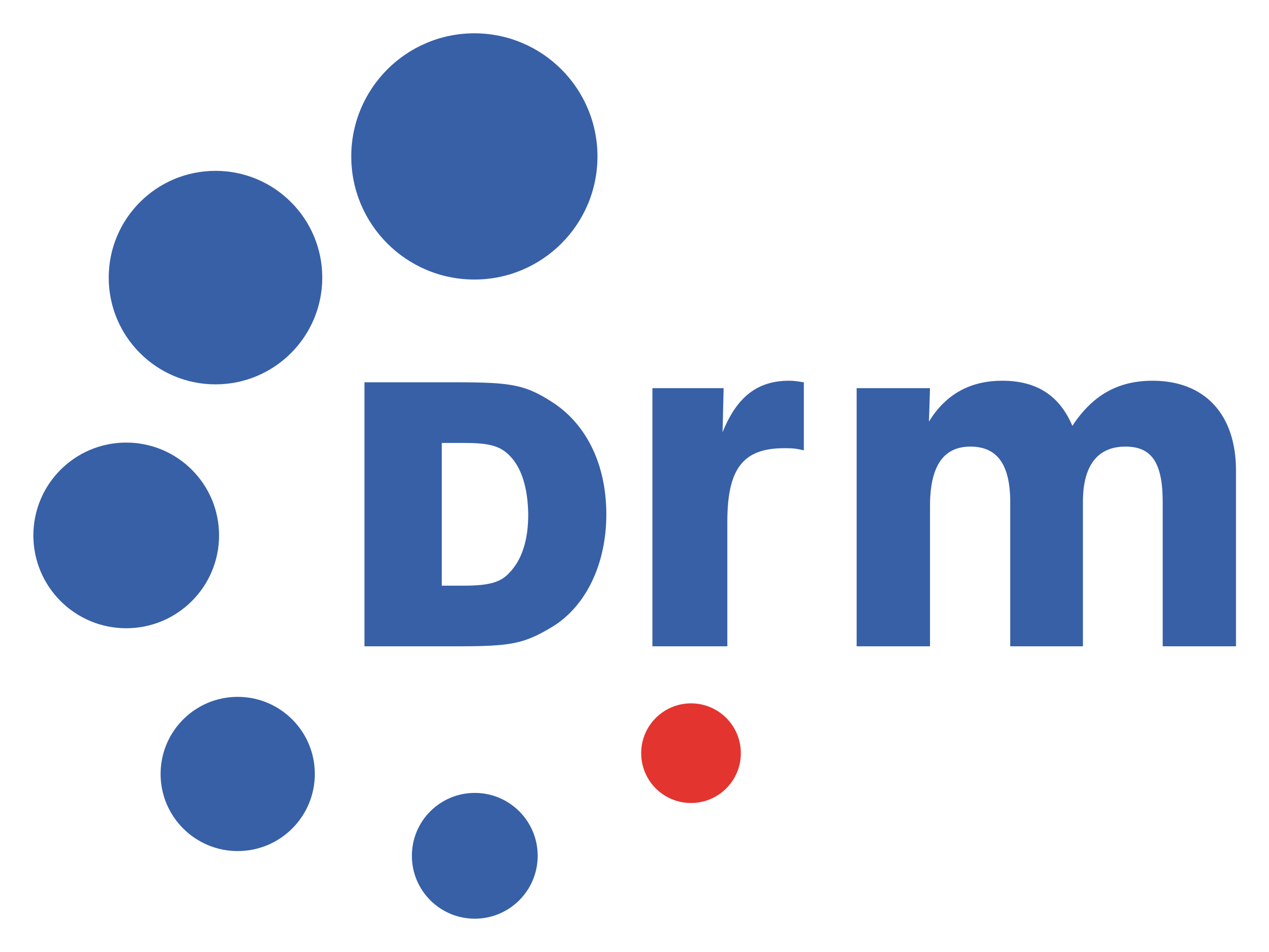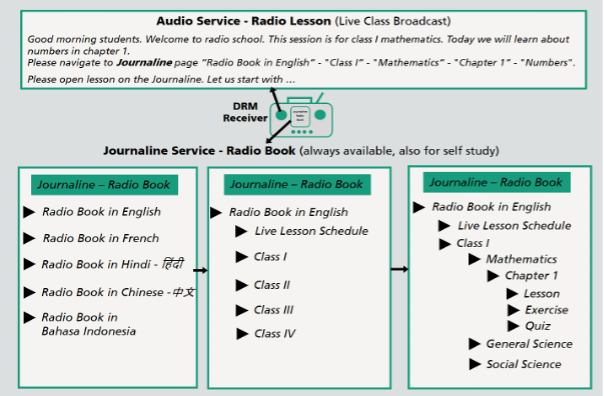INSIGHT
New DRM project to bridge educational gap
By Ruxandra Obreja, Digital Radio Mondiale (DRM) Consortium Chairman
New project could extend reach of public broadcasters and their educational role, writes DRM’s Ruxandra Obreja.

Many public broadcasters have tried to bridge the educational gap created by COVID-19 by broadcasting educational material on radio and TV. Quite a task, considering the number of levels, subjects and languages that form the body of material to be taught to students from primary to university level. For many people, the solution seemed to be e-learning via the internet. But internet penetration varies between about 95% in the United States, to slightly above 50% in Asia and under 40% in Africa.
During the pandemic, education and emergency warnings have been absolutely essential. But the communities most in need are also those with the least connectivity; where there is a lack of internet connectivity, laptops, tablets, and even mobile phones. Data charges may be too high while electricity might not be available. These are also areas where many public broadcasters have a duty of service.
Therefore, over the last year, we in the not-for-profit international DRM Consortium, have tried to work out, demonstrate and promote a relatively simple way through which this ITU-recommended digital broadcasting system (DRM) cannot only enable digital broadcasting in all frequency bands but also deliver typical classroom education as well as lessons for personal self-study. Being a “one-to-many” platform, digital radio can deliver audio and text over vast areas and, therefore, to schools and students in remote villages or in busy cities, with the same content and quality and without any discrimination.
The digital radio standard DRM can also help to educate thanks to various features. Unlike the usual analogue service (one frequency, one audio programme), DRM provides up to three audio programmes on one frequency and data services such as Journaline advanced text and slideshow images, allowing students and teachers access to information “live” or on demand.
This unique combination of audio and multimedia services (such as maps and diagrams) available on a standard digital radio receiver delivered via terrestrial broadcasts is a complete distance learning option in these unprecedented times.
How it works
A broadcaster can use one of the two or three (now available digital) channels to broadcast a teacher’s lectures or lessons at certain times. In parallel, the DRM application Journaline carries the complimentary lesson notes and full textbooks including graphics, formulas and images, for instance.
The textbook information is constantly available as part of DRM transmissions, not just during live audio lectures. Through Journaline, the lessons can be structured by language, class level, subject and chapters, for easy navigation by students and teachers. To prepare for live lessons, or to self-study, students can access the complete body of lesson information at any time, as this material is cached and stored in the receiver. This stored “treasure chest” can include complementary lesson notes, full textbooks including graphics and formulas, illustrative images and quizzes, and can be displayed and cached after being loaded. As the data is repeated on carousel, they can also be used as notes to the lesson to be referenced during the class or be accessed for self-study at any time and as many times as needed afterwards. The Journaline textbook content is available in several languages simultaneously. A student could, for example, access the text version in a regional dialect, while the live lesson is provided in a country’s official language.

DRM radio sets, optimised for radio schooling, can provide a built-in Wi-Fi hotspot feature, allowing those nearby to access the full audio and textbook content of the DRM lessons. This enables the sharing of a single DRM receiver by communities, households or classrooms, and still gives every student full control over navigating the content at their own pace.
Digital Radio Distance Education – the Project
DRM digital radio cannot mirror the richness of the internet when connections are available, affordable and working. DRM or digital radio e-learning is a more compact, simplified offer. It needs a highly structured presentation of the essential content with only the key notes, images and notes available. The information is presented in a logical and structured way.
Now, we are trying to prove the concept by making two subjects available to a school in Western Africa for students aged 14-15 years old. But if more partners – including public broadcasters – were interested, the experiment could lead to a wider, quicker and closer to roll-out.
This is not just a patch-up solution triggered by the pandemic but an opportunity to bring education to millions. The current health crisis is the trigger but as the world might be facing many other health, environmental or social and political crisis, we see this as an opportune chance to make use of DRM, digital technology for education and emergency situations by deploying a solution that can prepare us for future disruptions. Even in countries with high internet penetration and equipment availability, access can be patchy, leading the more disadvantaged to miss out.
Involvement in this project could allow public broadcasters can meet two of their goals and aspirations: to educate and inform as many people as possible. In times of need public broadcasters come into their own and prove their continued worth and relevance.
If you are interested in the DRM project and want a full presentation or want to participate, please contact DRM at: projectoffice@drm.org
Find out more about DRM
Featured Image: Radio tower in San Francisco. Credit: Orin Zebest/Creative Commons